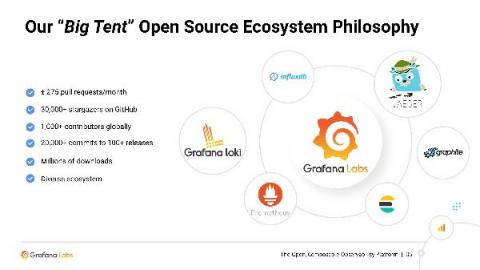In Observability, RED is the New Black
When it comes to complex application integrations, RED monitoring provides a sensible and necessary common element to see how our systems are performing and to alert us to behavior which is detrimental to your customers and your business goals. So, what is RED? RED stands for rate, errors, duration and is an offshoot of the Google Golden Signals.









